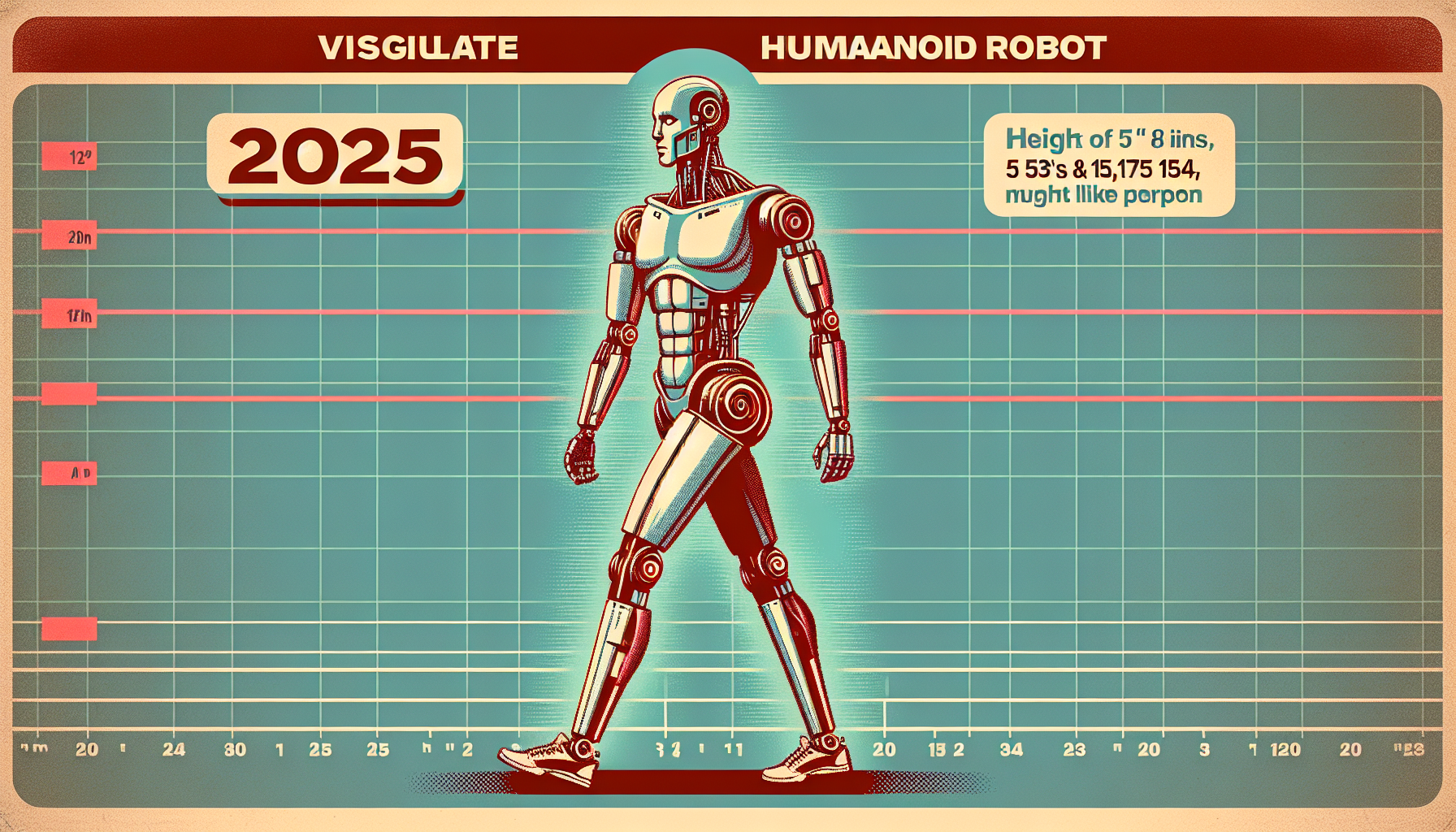In the closing months of 2024, Xpeng unveiled an extraordinary advancement: Iron, a humanoid robot that redefines how artificial intelligence and robotics can serve both industry and daily life. Introduced to the world at the 2025 Shanghai Auto Show, Iron stands at 5 feet 8 inches (1.73 meters) and weighs 154 pounds (70 kilograms). This lifelike design moves with a naturalness that is strikingly close to a real person.
The Power Within
At the center of Iron’s abilities is Xpeng’s own Turing AI chip, capable of an astonishing 3,000 trillion operations per second. This level of processing power allows Iron to manage incredibly complex AI models—some powered by up to 30 billion parameters. As a result, Iron perceives, thinks, and interacts with its surroundings in ways that surpass previous generations of robots.
Iron’s sleek body contains 60 joints, giving it over 200 degrees of freedom. Every movement is smooth and precise, moving far beyond the limited motions of old robots. Its hands, built to exactly match the size and function of human hands, each have 22 degrees of freedom. This dexterity means that Iron can handle delicate objects and perform tasks as intricate as threading a needle—once considered impossible for machines.
More Than a Machine
Iron is not just a collection of parts and code. Its intelligence is part of a larger ecosystem, tightly connected to the AI that powers Xpeng’s electric cars. Discoveries in one area—like self-driving vehicles—immediately benefit the other, creating a cycle of progress.
Within Iron’s “brain” lies the ability to reason, solve problems, and communicate naturally through a voice system modeled after Xpeng’s smart car cockpits. Iron can understand complex questions, carry on conversations, and adapt smoothly to new situations. This means Iron is more than a tool; it is a partner capable of learning from experience thanks to advanced AI models and reinforcement learning.
Transforming Work and Life
Today, Iron is hard at work on Xpeng’s own automotive production lines, helping assemble electric vehicles. But Xpeng’s vision reaches much further. In years to come, Iron could be found not just in factories, but in sales stores, office spaces, and even homes—welcoming customers, helping with office work, or lending a hand with household chores.
The goal is to make Iron useful wherever careful hands or a thinking mind are needed. With its agile design and powerful AI, Iron is prepared for a wide range of tasks, adapting quickly to new environments and expectations.
At a Glance: Iron’s Core Features
| Feature | Description |
|---|---|
| Height | 5’8″ (1.73 m / 178 cm) |
| Weight | 154 lbs (70 kg) |
| Joints & Freedom | 60 joints, over 200 degrees of freedom |
| AI Power | Turing AI chip, 3,000 TOPS, up to 30 billion parameters |
| Hands | Human-scale, 1:1 replica, 22 degrees of freedom |
| Motion & Learning | Stable walking, object handling, learned through AI and reinforcement |
| Voice Interaction | Conversational, powered by Xpeng’s smart cockpit AI |
| Current Use | Assisting in automotive assembly |
A Glimpse into Tomorrow
Xpeng’s ambitions extend around the world. By next year, they aim to bring Iron and their advanced robotics to 60 countries and regions, marking an era when intelligent machines can work side by side with humans in countless settings.
Iron stands as a powerful symbol of how human ingenuity and artificial intelligence can join forces. Its hands can accomplish remarkable tasks once out of reach for machines—offering a glimpse into a future where robots are not just in the background, but part of our daily lives. Xpeng’s Iron is more than a technical achievement; it is a testament to what becomes possible when technology is led by vision and care.

Leave a Reply